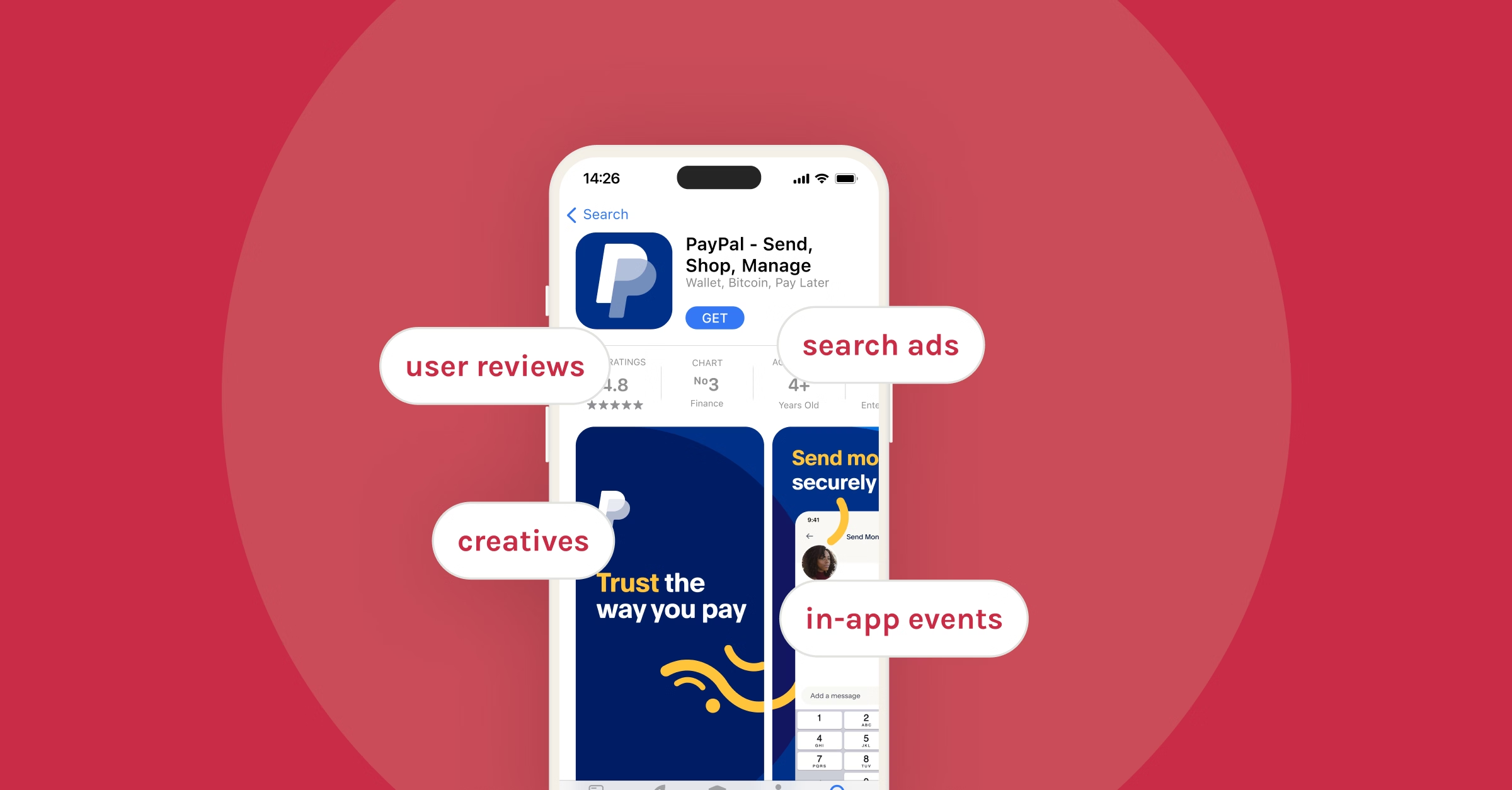App Store marketing
App Store marketing refers to the strategies and techniques used to promote and improve the visibility of mobile applications on app stores like Apple’s App Store and Google Play. The goal is to attract more downloads, increase user engagement, and ultimately drive revenue for the app developer or business. Successful App Store marketing involves a combination of optimizing your app listing, running targeted campaigns, and encouraging positive user feedback.

Here’s a breakdown of key elements of App Store marketing:
1. App Store Optimization (ASO)
ASO is the process of optimizing an app’s listing in the app store to improve its ranking and visibility in search results. ASO involves:
- Keywords: Using relevant keywords in the app title, subtitle, description, and metadata.
- App Title: A clear, descriptive, and keyword-rich title that conveys the app’s purpose.
- App Description: A compelling description that explains the app’s benefits, features, and unique selling points.
- App Icon: A visually appealing and recognizable app icon that stands out.
- Screenshots and Videos: High-quality screenshots and an engaging app preview video that highlight key features.
- App Rating and Reviews: Positive ratings and reviews from users enhance credibility and increase the app’s chances of being recommended.
2. User Acquisition
The process of attracting new users to download your app, typically through:
- Paid Advertising: Running ads through platforms like Google Ads, Facebook Ads, or Apple Search Ads to drive app installs.
- Influencer Marketing: Collaborating with influencers to promote the app to their followers.
- Referral Programs: Offering incentives for users to refer others to download the app.
- Social Media Promotion: Using social platforms like Instagram, TikTok, and Twitter to raise awareness of your app.
3. App Store Campaigns
- Apple Search Ads: A paid advertising platform for promoting apps directly within the App Store search results. Ads can appear when users search for keywords related to the app.
- Google Ads for Play Store: Google’s app promotion tool for running ad campaigns targeting Android users in Google Play.
- Cross-Promotion: Promoting your app within other apps or using services that allow you to advertise your app across different platforms.
4. User Retention
Retaining users is just as important as acquiring them. Strategies include:
- Push Notifications: Sending personalized, timely notifications to encourage engagement.
- In-App Messaging: Communicating directly with users inside the app to guide them, encourage feedback, or inform them of new features.
- Loyalty Programs: Offering rewards for continued use or milestones.
- App Updates: Regularly updating the app with new features, bug fixes, and performance improvements.
5. App Localization
To reach a global audience, consider localizing your app’s content, keywords, and metadata for different languages and regions. This can significantly increase your app’s visibility and user base in foreign markets.
6. Analytics and Optimization
- Tracking App Metrics: Monitoring key performance indicators (KPIs) such as downloads, user engagement, and retention.
- A/B Testing: Testing different app store assets (title, icon, screenshots, etc.) to determine which versions perform best in terms of conversion.
- User Feedback: Regularly collecting and analyzing user feedback to understand areas of improvement.
7. App Monetization
- In-App Purchases (IAP): Offering premium content, features, or services for a fee.
- Ads in Apps: Displaying ads within the app as a source of revenue.
- Subscriptions: Offering ongoing services with recurring payments, such as weekly or monthly subscriptions.
8. App Store Features and Editorial Picks
- Both the Apple App Store and Google Play have editorial teams that choose apps to feature. This can drive significant exposure.
- Getting Featured: Developing an app that stands out in its category or offers unique features may increase your chances of being featured.
- Seasonal Campaigns: Participating in seasonal promotions or holiday campaigns.
9. Building an Online Presence
- Website: A dedicated landing page for your app that provides further details, updates, and download links.
- Community Engagement: Active participation in forums, groups, or communities relevant to your app’s niche to build word-of-mouth and loyalty.
- Blogging and Content Marketing: Producing content around your app’s features, tips, and benefits can attract users and improve SEO.
10. App Reviews and Ratings Management
- Encouraging Reviews: Asking satisfied users to leave positive reviews can improve your app’s visibility.
- Managing Negative Feedback: Actively responding to negative reviews or issues can improve user satisfaction and show you care about feedback.
Conclusion
Effective App Store marketing is a comprehensive strategy that involves a mix of optimization, paid campaigns, user retention tactics, and careful management of user feedback. By focusing on visibility, engagement, and retention, you can build a strong user base and drive long-term success for your app.